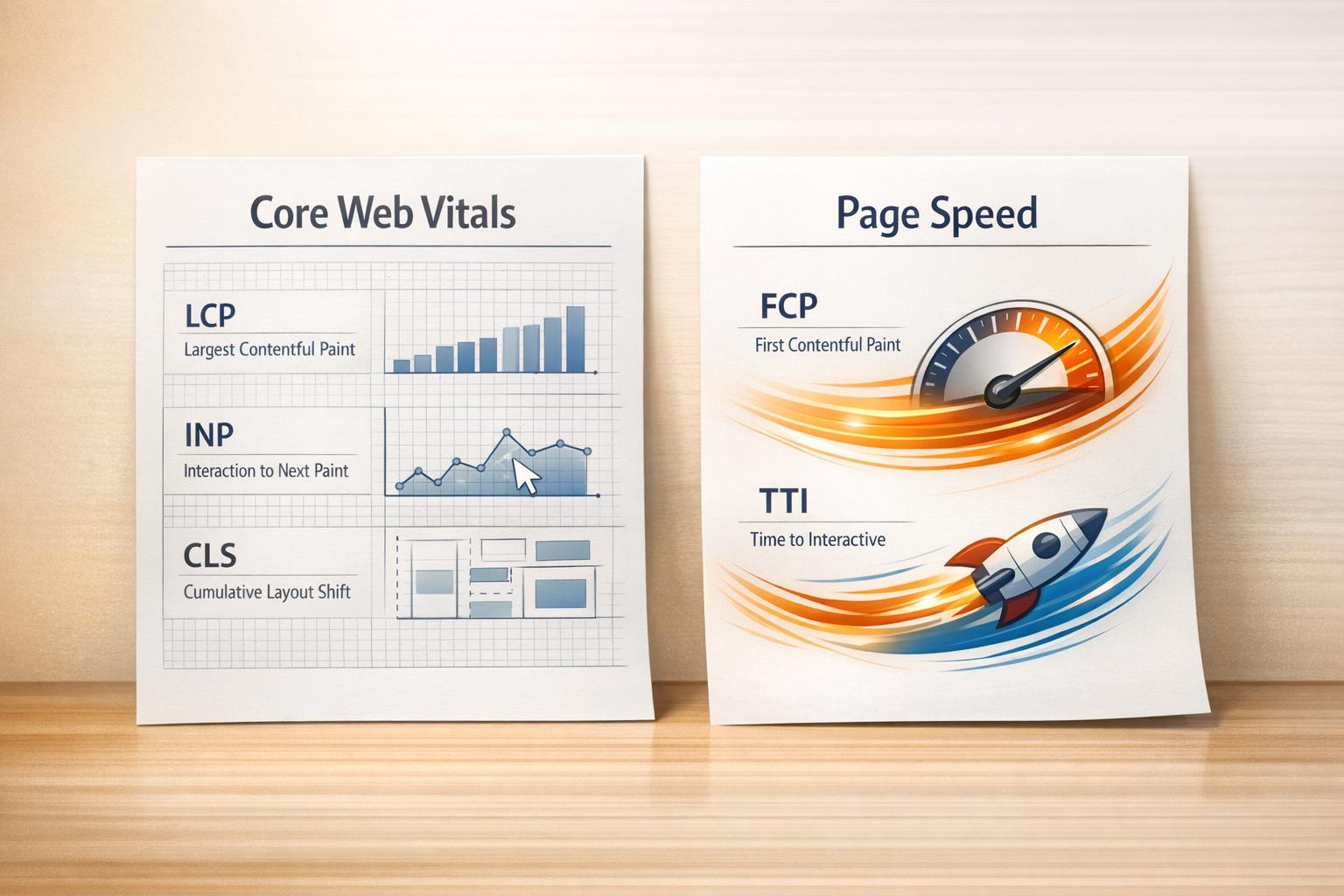

What is Answer Engine Optimization (AEO)?

What is Answer Engine Optimization (AEO)?
 07-08-2025 (Last modified: 07-08-2025)
07-08-2025 (Last modified: 07-08-2025)
We’ve officially entered the “Just Give Me the Answer” era of search. Users don’t want 10 blue links and a 2,000-word blog post. They want the answer, right now.
Whether it’s Google’s AI Overviews, Bing Copilot, Perplexity AI, or ChatGPT with browsing enabled, one thing is clear: search engines are turning into answer engines.
And that’s where AEO, aka Answer Engine Optimization, comes in. You may have also heard it called Generative Engine Optimization (GEO).
So, what is Answer Engine Optimization (AEO)? It’s the process of structuring your content to appear in featured snippets, AI-generated answers, voice search responses, and conversational results. If you’re still optimizing solely for traditional SERPs, you’re likely missing out on a massive chunk of visibility.
Let’s change that.
Contents
-
What is Answer Engine Optimization (AEO)?
-
How search has evolved into “answer engines”
-
AEO vs SEO: What’s the difference?
-
Where AEO content shows up (and how it’s surfaced)
-
The anatomy of a perfect AEO snippet
-
How to optimize for answer engines and AI search
-
AEO, voice search, and zero-click results
-
Structured data, semantic SEO, and AEO
-
Tools to help with AEO
-
Common mistakes to avoid
-
FAQs

What is Answer Engine Optimization (AEO)?
Answer Engine Optimization (AEO) is the practice of crafting content specifically to appear in direct answers; like AI summaries, featured snippets, voice results, and conversational search.
It’s not just about ranking anymore. It’s about being the answer.
Whether it’s:
-
A short summary box at the top of Google
-
A paragraph read aloud by Siri or Alexa
-
A ChatGPT source citation
-
An instant answer in Bing Copilot
AEO makes sure it’s your content showing up – not your competitor’s.
How Search Has Evolved Into “Answer Engines”
Back in the day, search engines indexed content and delivered a list of relevant pages. Now? They synthesize information and deliver the answer directly.
Here’s how we got here:
-
2013: Google introduces Hummingbird — focusing on intent, not just keywords.
-
2015–2020: Featured snippets, People Also Ask, and BERT change how results are displayed.
-
2023–2025: AI Overviews, Bing Copilot, Perplexity AI, and ChatGPT browsing roll out.
According to a study by BrightEdge, over 57% of searches now result in zero clicks – meaning users never leave the search engine page.
Why? Because the answer is already there.
AEO vs SEO: What’s the Difference?
| SEO | AEO | |
|---|---|---|
| Goal | Rank in search results | Be the answer shown |
| Focus | Keywords, backlinks, EEAT | Clarity, structure, directness |
| Format | Long-form, topic clusters | Short-form, concise answers |
| Visibility | 10 blue links, organic listings | Snippets, AI summaries, voice results |
| Clicks | High click-through (historically) | Often zero-click, but high impression |
Important note: SEO and AEO work together; you need traditional SEO to get indexed and ranked, and AEO to get surfaced as the answer.
Where AEO Content Shows Up (and Why It Matters)
Answer engine optimization isn’t just about one platform. Here’s where AEO content can appear:
1. Google AI Overviews
These AI summaries cite (and sometimes link to) your content directly in the SERP.
2. Featured Snippets
AEO content appears above the #1 result in what many call “position zero.”
3. People Also Ask Boxes
Your content might be pulled in to answer related queries automatically.
4. Voice Search
Google Assistant, Siri, and Alexa read out structured, snippet-style content from optimized pages.
5. AI Chatbots (ChatGPT, Claude, Gemini)
If your content is clear, recent, and trusted, LLMs are more likely to synthesize it into their generated answers.
The Anatomy of a Perfect AEO Snippet
Let’s break down what makes a great AEO-ready answer:
✅ Clear question as a subheading
(H2 or H3 works best)
✅ Direct, 40–60 word answer immediately below
One paragraph is ideal.
✅ Structured formatting
Bullet points or steps if applicable.
✅ Backed by data
Include stats or references when possible.
✅ EEAT credibility
Authorship, links, and source trustworthiness.
Example:
What is Answer Engine Optimization (AEO)?
Answer Engine Optimization (AEO) is the practice of creating content that directly answers user queries in formats preferred by AI, voice assistants, and search engine summaries. It helps your content appear in featured snippets, voice responses, and AI-generated answers.
How to Optimize for Answer Engines and AI Search
Here’s your AEO playbook in action:
1. Answer Questions Clearly
Use H2s or H3s that include full questions—like:
-
“What is structured data?”
-
“How does answer engine optimization work?”
Then give a direct answer immediately below the heading.
2. Use FAQ Sections
LLMs and Google love FAQ blocks. They’re perfect for extracting specific answers.
-
Use schema markup
-
Keep answers concise
-
Answer related questions on the same page
3. Implement Schema Markup
Schema helps search engines understand the context of your content. Focus on:
-
FAQPage
-
HowTo
-
Article
-
Product
-
WebPage
4. Build Semantic Relevance
Use semantically related terms to give AI models more confidence in your content.
Example: If you’re writing about “Answer Engine Optimization,” include terms like:
-
AI search
-
generative answers
-
featured snippets
-
zero-click results
-
conversational search
AEO, Voice Search, and Zero-Click Results
AEO isn’t just about being visible – it’s about being audible. With voice search expected to handle 8.4 billion digital assistant queries per month in 2025, this matters.
To win voice search:
-
Focus on local and mobile-friendly queries
-
Keep answers short and digestible
Your 2,000-word post might win SEO. But your 2-sentence summary wins AEO.
Structured Data, Semantic SEO, and AEO
Think of schema as a translator between your website and the machines reading it.
Without schema:
“Cool blog post! No idea what this is about though.”
With schema:
“Ah, this is a How-To with steps, FAQs, and a product demo. Got it.”
Schema types that support AEO:
-
FAQPage -
HowTo -
Speakable(yes, for voice assistants!) -
WebPage -
Article
Use Google’s Structured Data Testing Tool to validate your pages.
Tools to Help You with AEO
-
PageTest.AI – Test content variations to see what performs best in AI snippets.
-
Surfer SEO – Great for optimizing semantic relevance.
-
Frase.io – Build content briefs based on featured snippets and AI data.
-
Schema Markup Generator – Add rich snippets without code.
-
AnswerThePublic – Find trending, long-tail questions to answer.

Common Mistakes to Avoid
- Writing for Google bots instead of humans (and AI assistants)
- Ignoring schema markup or FAQ sections
- Using vague, clickbait-style headings
- Overlooking author credibility and source citations
- Burying answers in long intros and fluff
FAQs
What is Answer Engine Optimization (AEO)?
Answer Engine Optimization is the practice of structuring your content to be used in featured snippets, voice search, AI-generated answers, and conversational search results. It focuses on clarity, trust, and directness.
How is AEO different from SEO?
SEO helps you rank on traditional search engine results pages. AEO helps your content become the answer featured in snippets, summaries, and AI tools—even without a click.
Why is AEO important in 2025?
With tools like Google AI Overviews, ChatGPT, and Perplexity becoming go-to discovery platforms, AEO helps your brand stay visible even when users aren’t clicking traditional links.
How can I optimize my content for answer engines?
Use question-based headings, provide concise answers, add schema markup, and maintain high EEAT (Expertise, Experience, Authority, and Trust).
Is AEO replacing SEO?
Not replacing, but evolving. Think of AEO as the next layer of SEO that gets you seen, cited, and surfaced in a search landscape dominated by generative AI.
say hello to easy Content Testing
try PageTest.AI tool for free
Start making the most of your websites traffic and optimize your content and CTAs.
Related Posts

 01-01-2026
01-01-2026
 Ian Naylor
Ian Naylor
Core Web Vitals vs. Page Speed: Key Differences
Compare Core Web Vitals (LCP, INP, CLS) with Page Speed metrics like FCP and TTI — learn their SEO roles, measurement differences, and optimization tips.

 30-12-2025
30-12-2025
 Ian Naylor
Ian Naylor
User Engagement Score Estimator
Estimate your website’s user engagement score with our free tool! See how interactive your content is and get tips to improve user interest.

 29-12-2025
29-12-2025
 Ian Naylor
Ian Naylor
CTA Phrase Planner
Struggling with CTAs? Use our free CTA Phrase Planner to create powerful, tailored call-to-action phrases that convert your audience!
